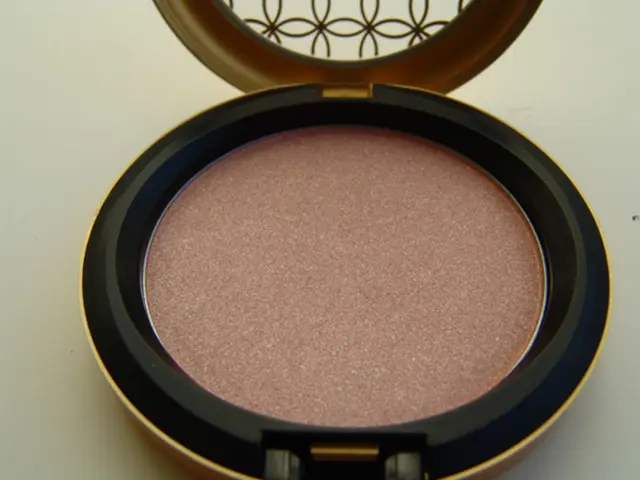Information on the "Ozempic Facial Changes"
Ozempic, a medication used to treat type 2 diabetes in adults, has been associated with some notable changes in a person's appearance, particularly in the facial area. These changes are primarily due to the drug's effect on fat and muscle loss.
The most common changes include facial volume loss, leading to a sunken appearance, sagging skin, and a more aged or gaunt look. This is primarily due to rapid and significant weight loss, which causes a decrease in facial fat and muscle, reducing support for the skin, making wrinkles and sagging more visible[1][3].
More specifically, the loss of midface fat results in sunken cheeks, hollow eyes, and more prominent cheekbones[1][2]. Reduced collagen and elastin production, possibly influenced by the drug’s effect on adipocyte-derived stem cells, may accelerate skin laxity and volume depletion beyond just fat loss[2]. The loss of lean muscle mass (estimated 25-40% of weight lost) also contributes to a thinner, more aged appearance[3].
These changes are more pronounced in older adults (over 40) or those who are naturally lean, due to lower baseline collagen and slower skin remodeling[1][2][5]. The visibility of fine lines and wrinkles increases as structural support under the skin diminishes[1][4].
It's important to note that Ozempic does not directly damage or age the skin biologically but affects appearance through fat and muscle loss[4]. Many users experience only a slimmer face without severe changes, but significant weight loss on GLP-1 drugs increases the risk of these effects[3].
Clinically, dermatologists recognize this phenomenon, sometimes called "Ozempic face," and may use various aesthetic and skincare interventions to help manage or mitigate these changes[2].
Stopping Ozempic may lead to an absence of these side effects, but it's crucial to discuss any concerns with your doctor before making any decisions about your treatment.
[1] Mayo Clinic. (2021). Ozempic (semaglutide). Retrieved from https://www.mayoclinic.org/drugs-supplements/ozempic-semaglutide/description/drg-20473753 [2] American Academy of Dermatology. (2020). Ozempic and Weight Loss: What You Need to Know About the Side Effects. Retrieved from https://www.aad.org/public/diseases/a-z/ozempic-weight-loss-side-effects [3] WebMD. (2021). Ozempic: Side Effects, Uses, Dosage, and Safety. Retrieved from https://www.webmd.com/diabetes/ozempic [4] Healthline. (2021). Ozempic Side Effects: What You Need to Know. Retrieved from https://www.healthline.com/health/ozempic-side-effects [5] Cleveland Clinic. (2021). Ozempic (Semaglutide): Uses, Dosage, Side Effects, and More. Retrieved from https://my.clevelandclinic.org/health/drugs/18251-ozempic-semaglutide
- The use of Ozempic may potentially cause predictive changes in a person's facial appearance, as some users have reported anthrax-like facial volume loss leading to a sunken appearance, sagging skin, and a more aged or gaunt look.
- The loss of midface fat resulting from Ozempic use can cause sunken cheeks, hollow eyes, and more prominent cheekbones.
- Beyond mere fat loss, reduced collagen and elastin production, possibly influenced by the drug’s effect on adipocyte-derived stem cells, may accelerate skin laxity and volume depletion.
- In medical-conditions like weight-management, the loss of lean muscle mass (estimated 25-40% of weight lost) on Ozempic also contributes to a thinner, more aged appearance.
- These potentially severe changes are more pronounced in older adults or those who are naturally lean, due to lower baseline collagen and slower skin remodeling.
- In the realm of health-and-wellness, skin-care practitioners and dermatologists may employ various predictive science-based interventions to help manage or mitigate these side effects that are sometimes referred to as "Ozempic face".




